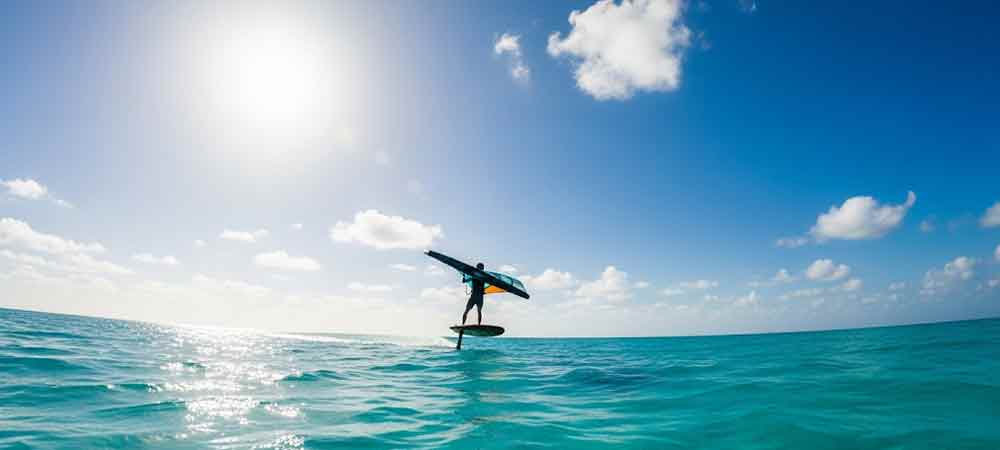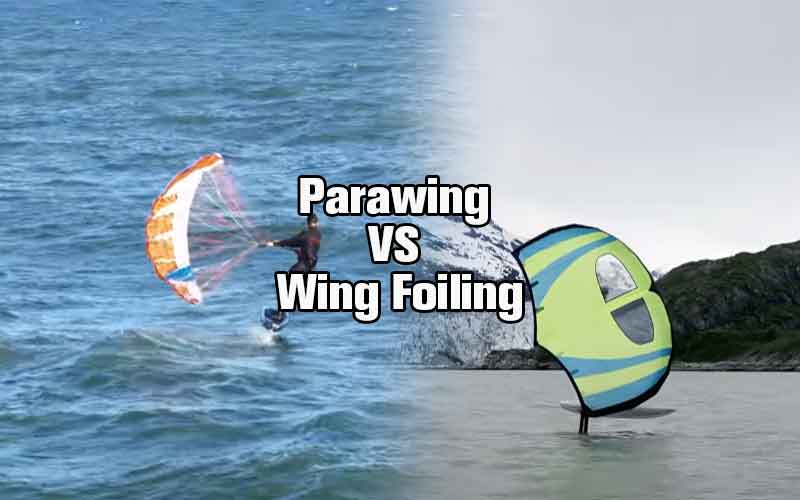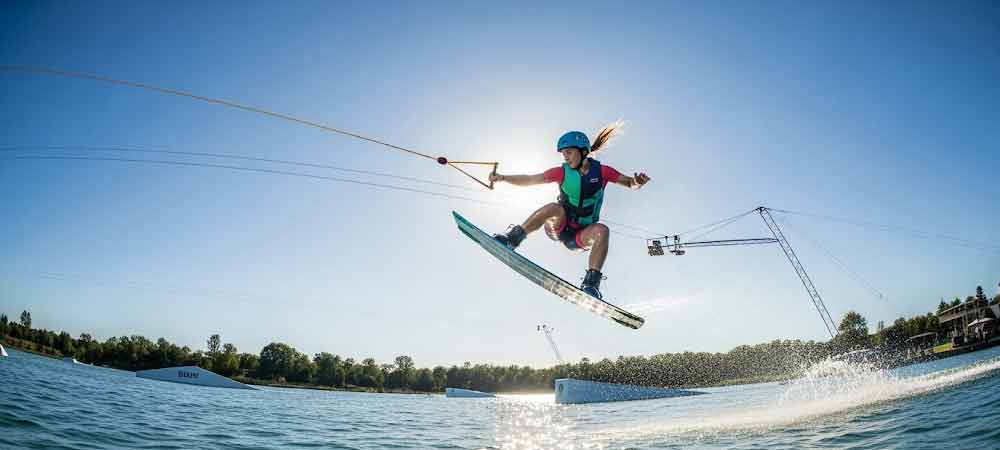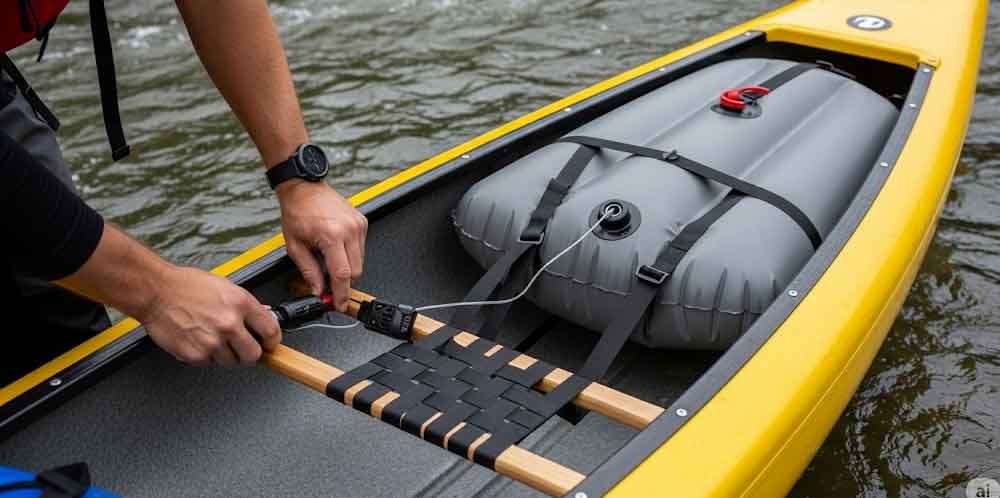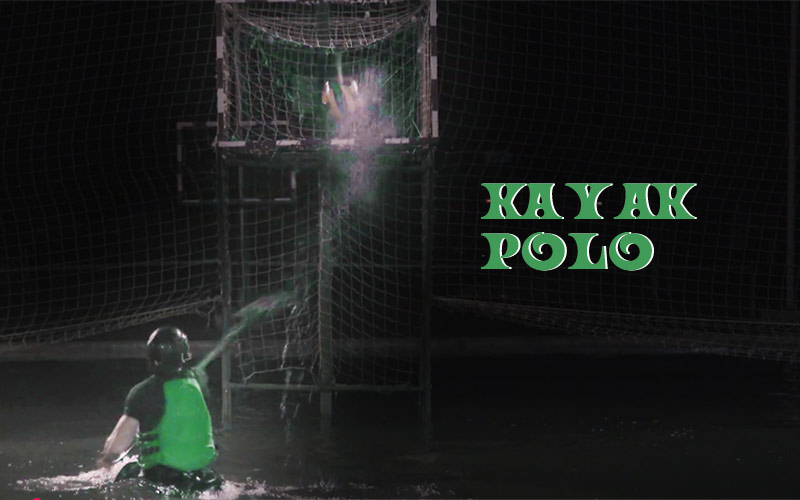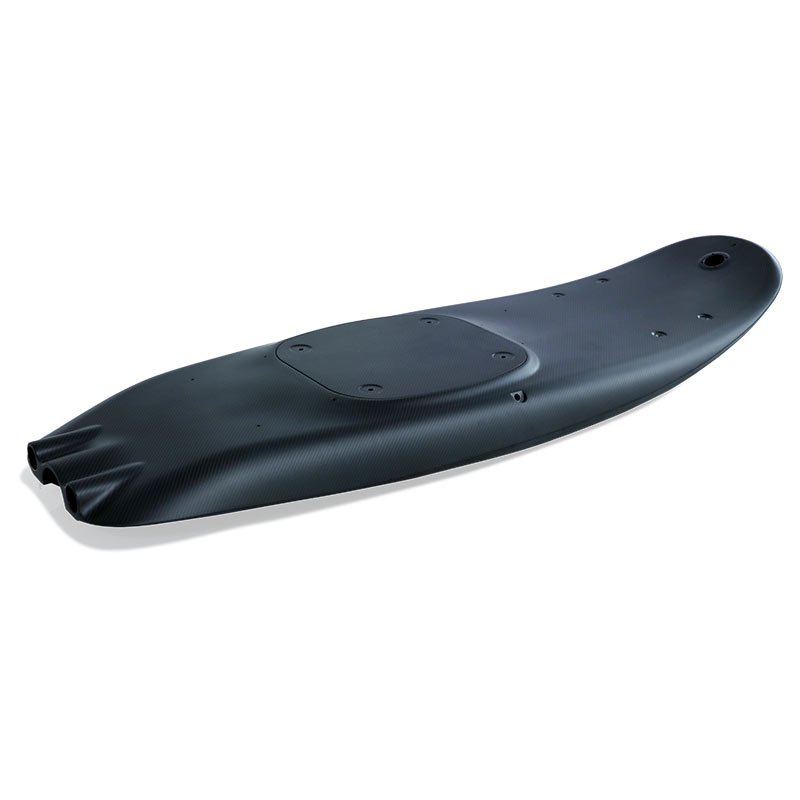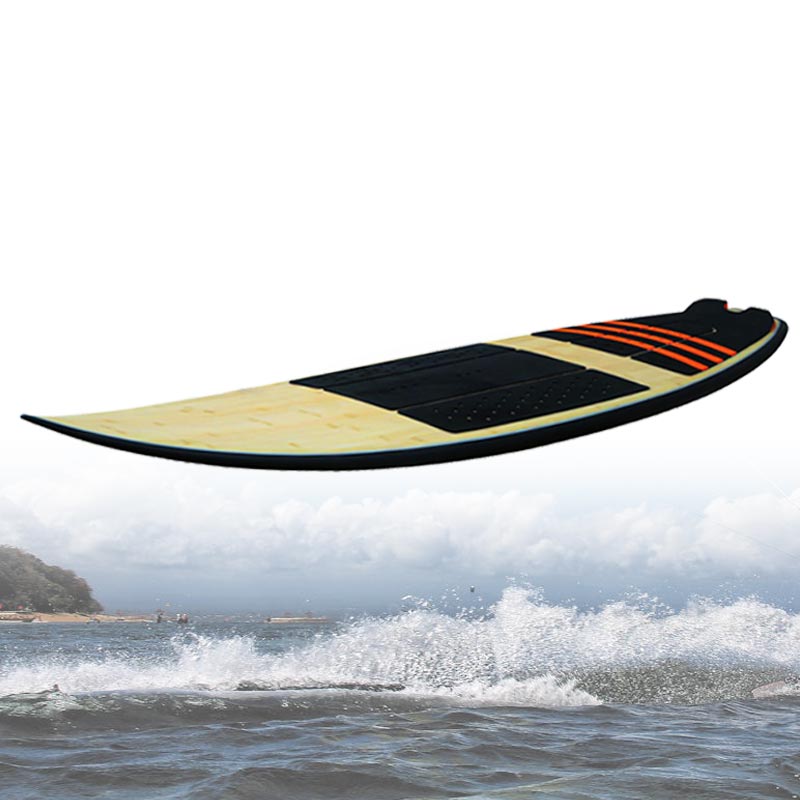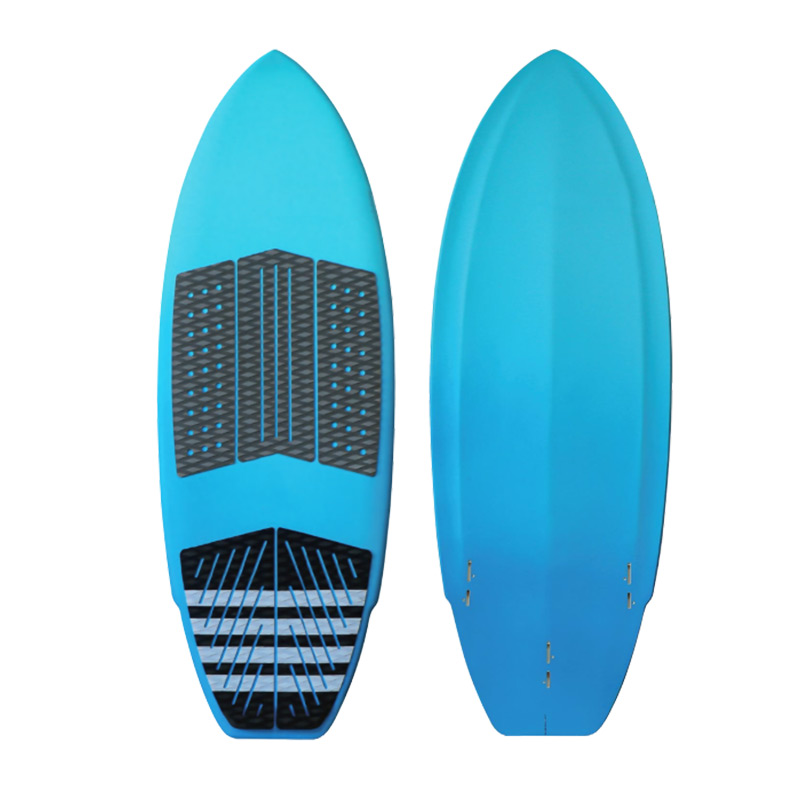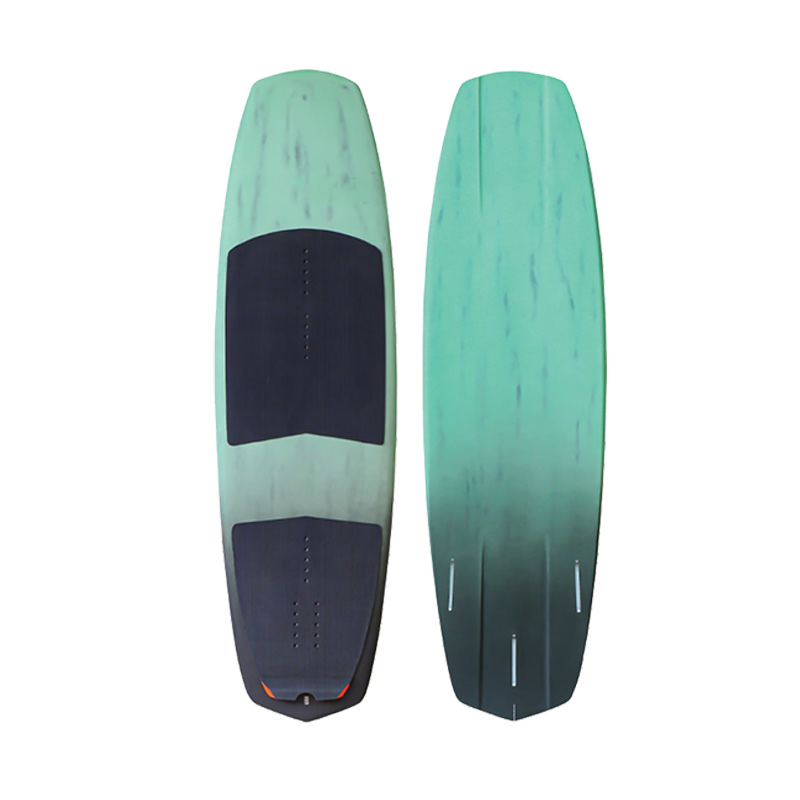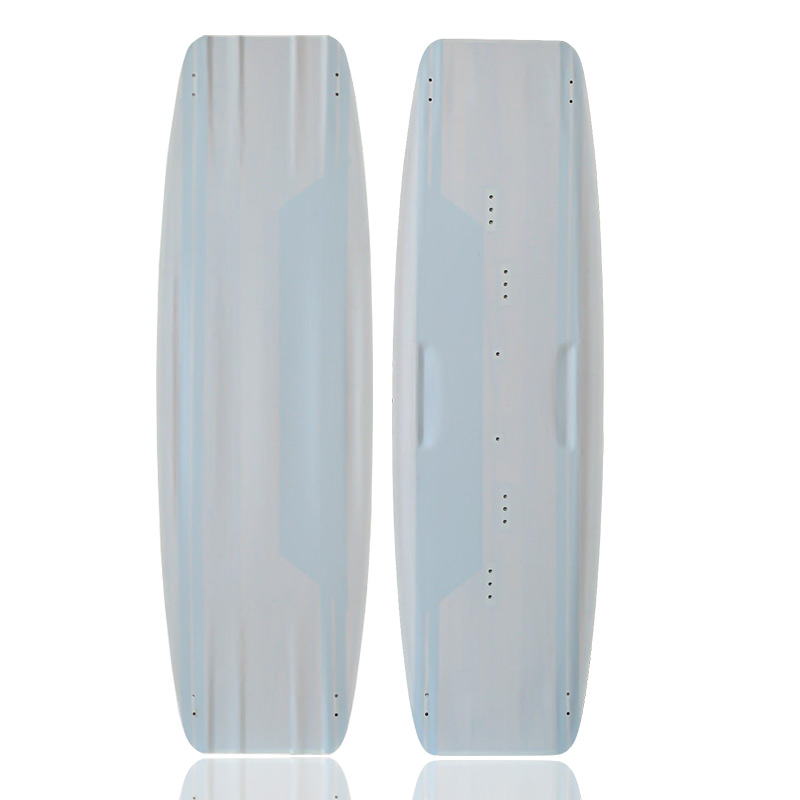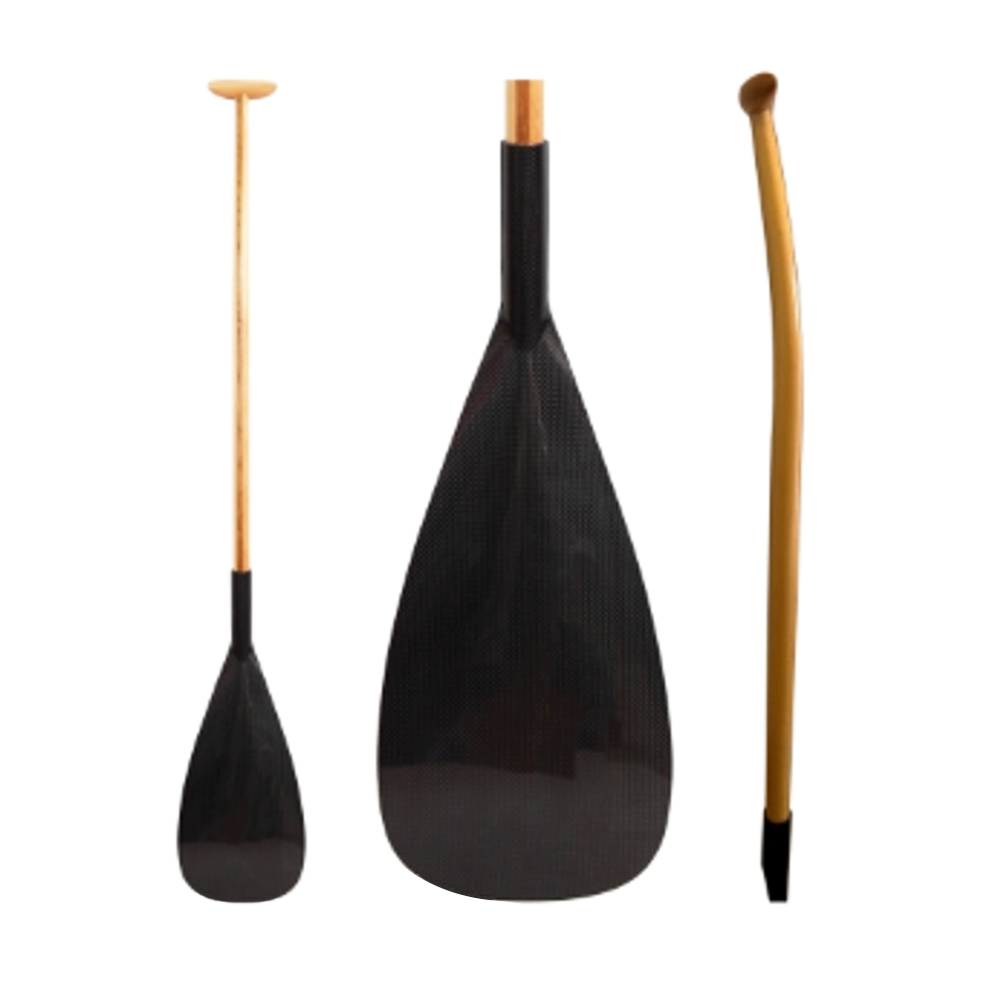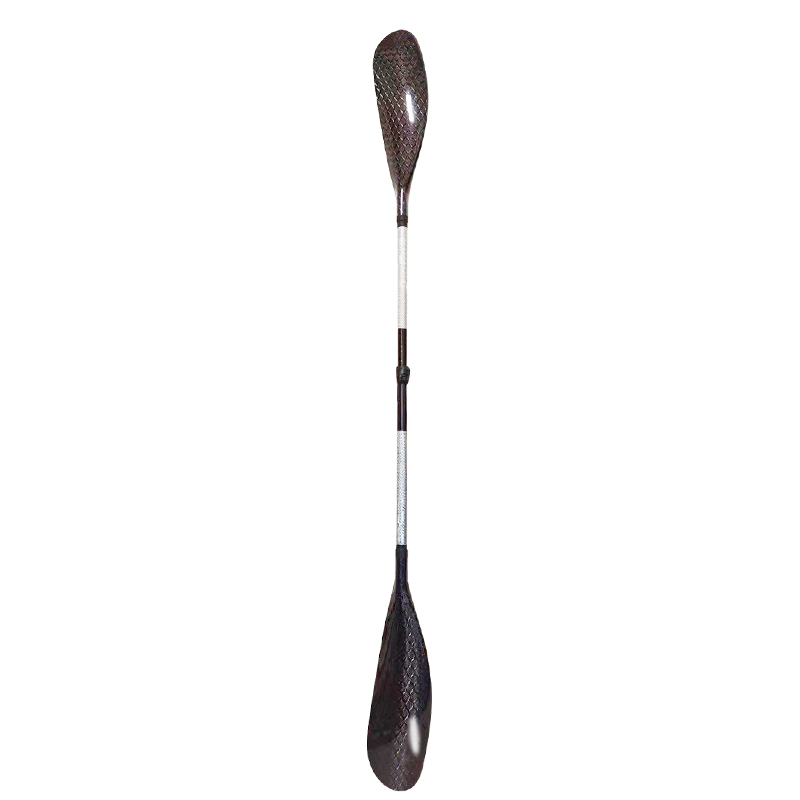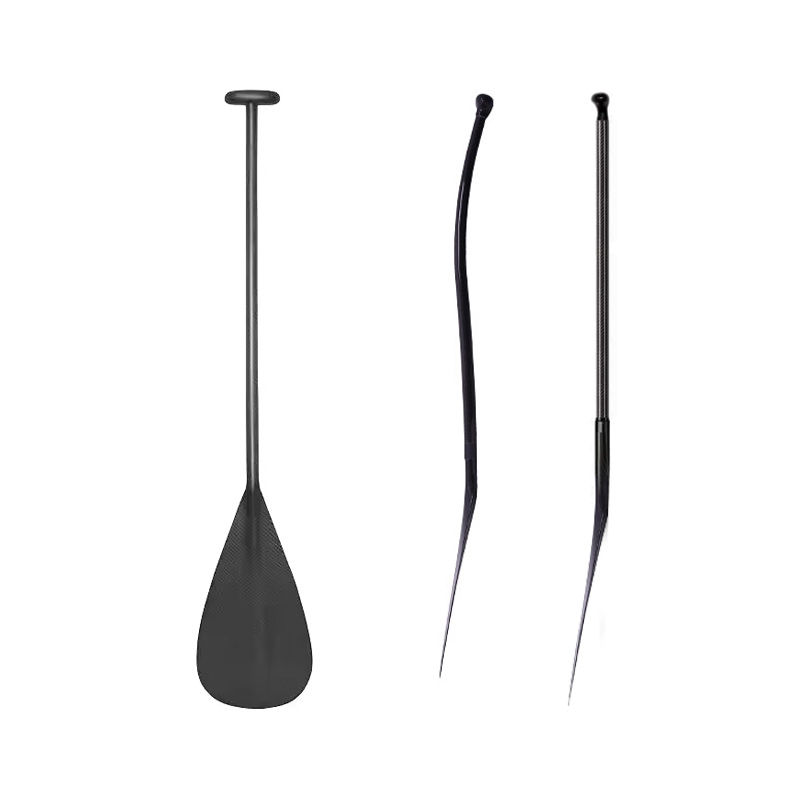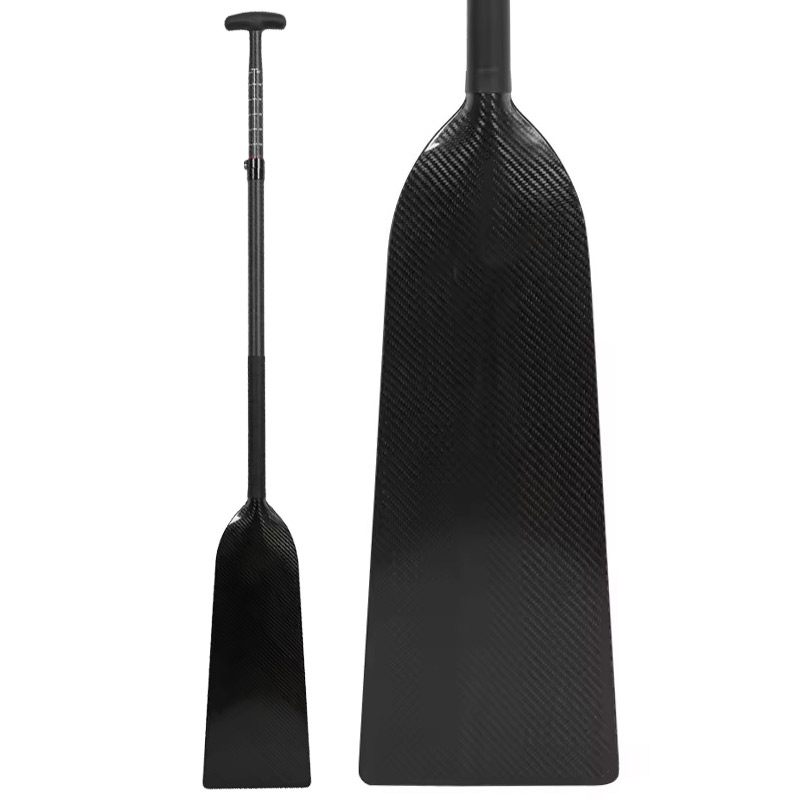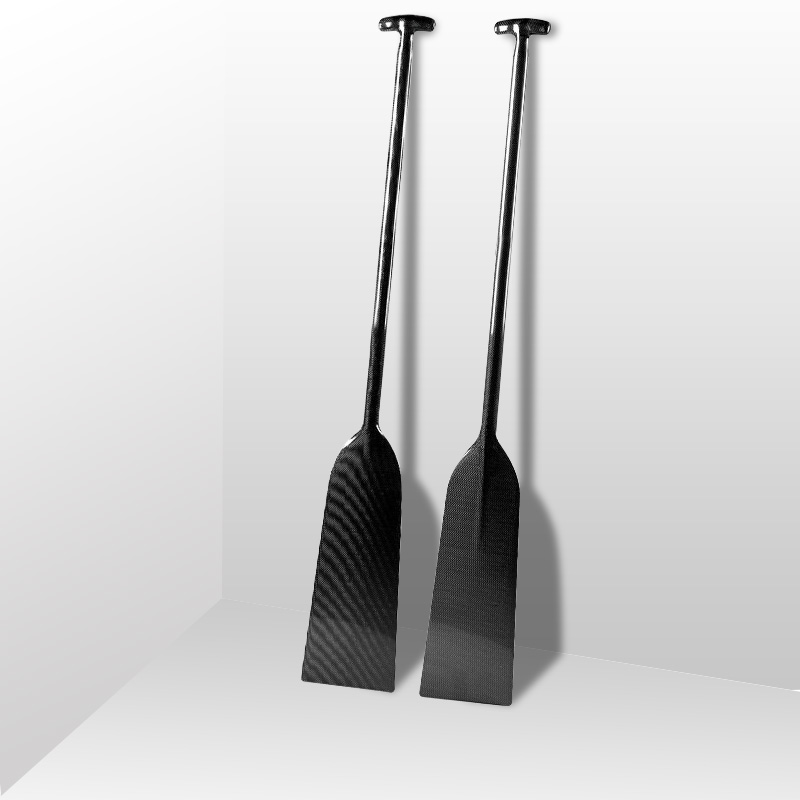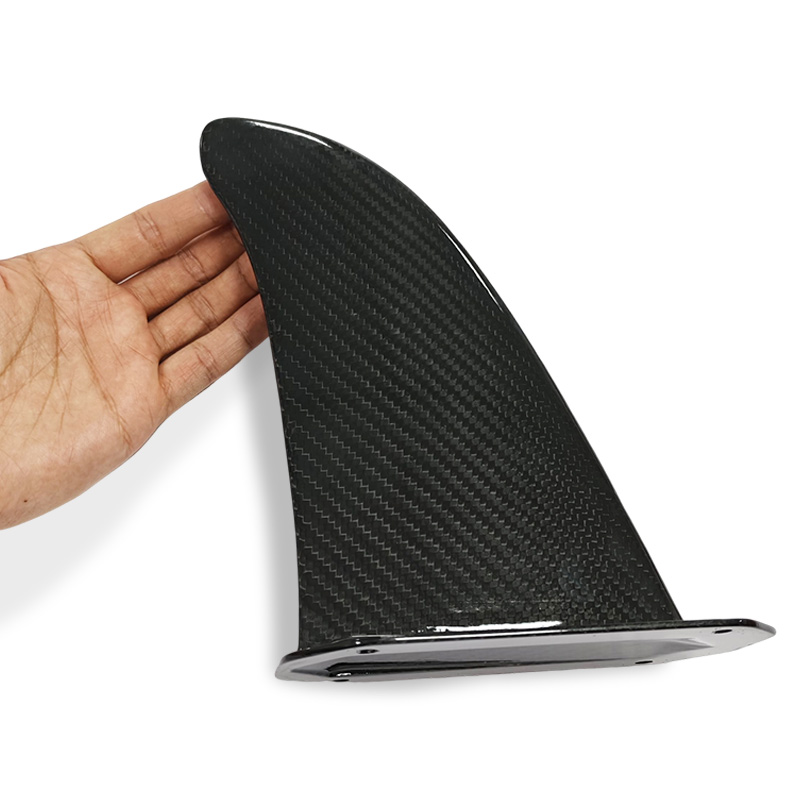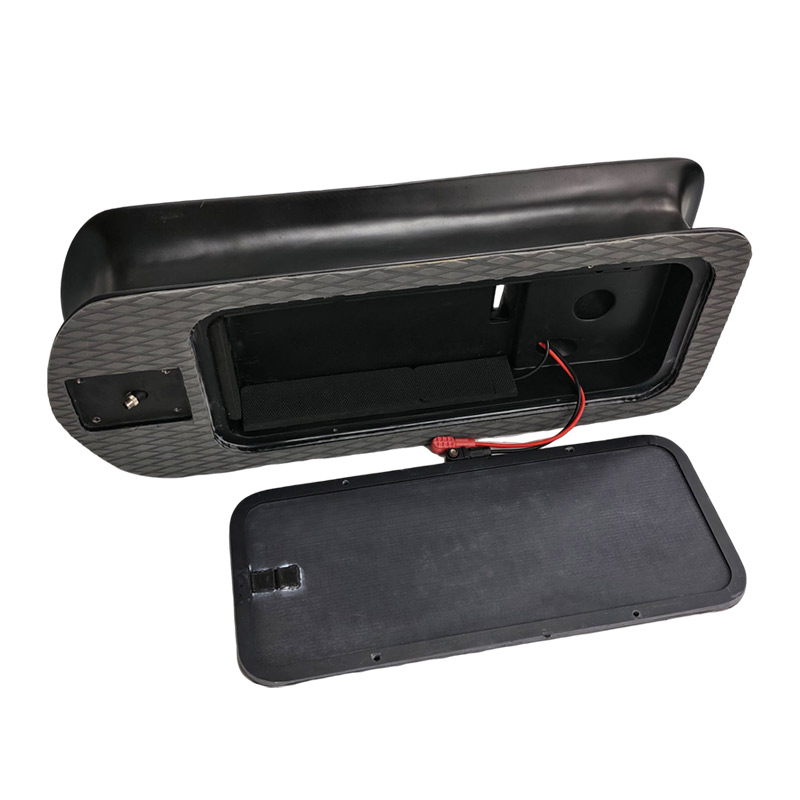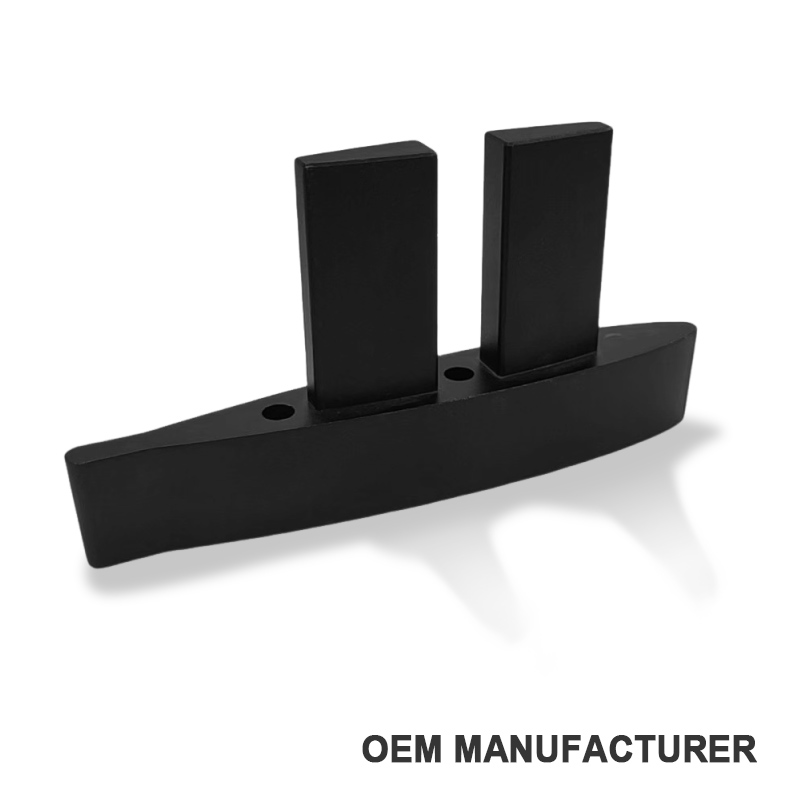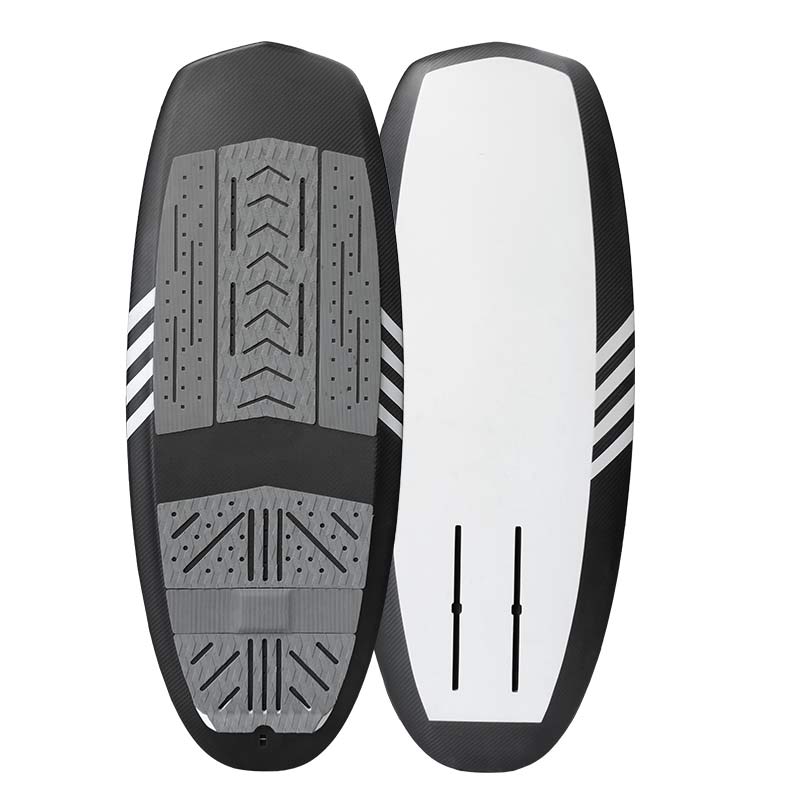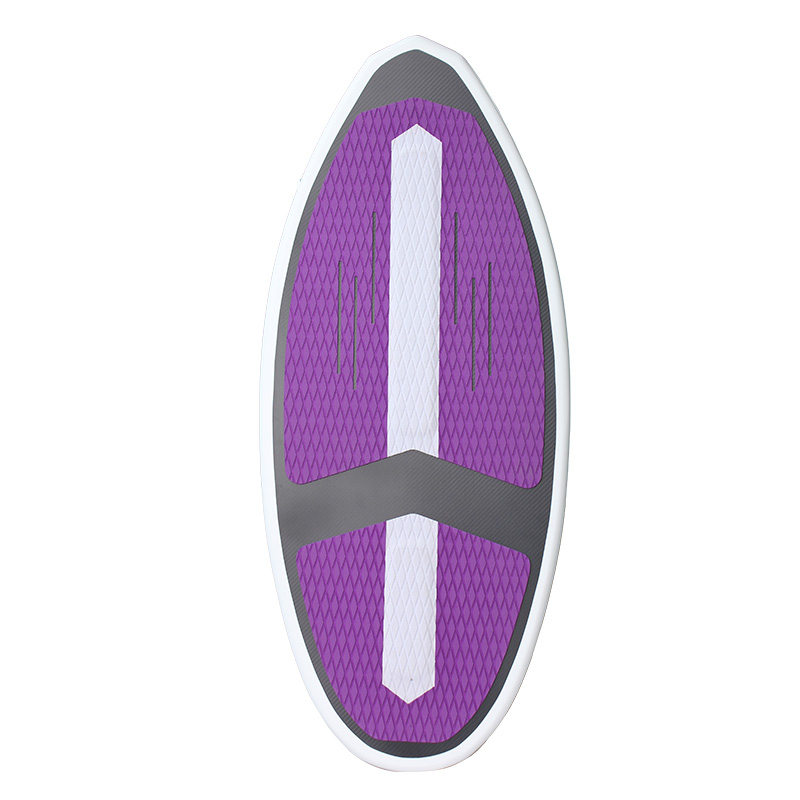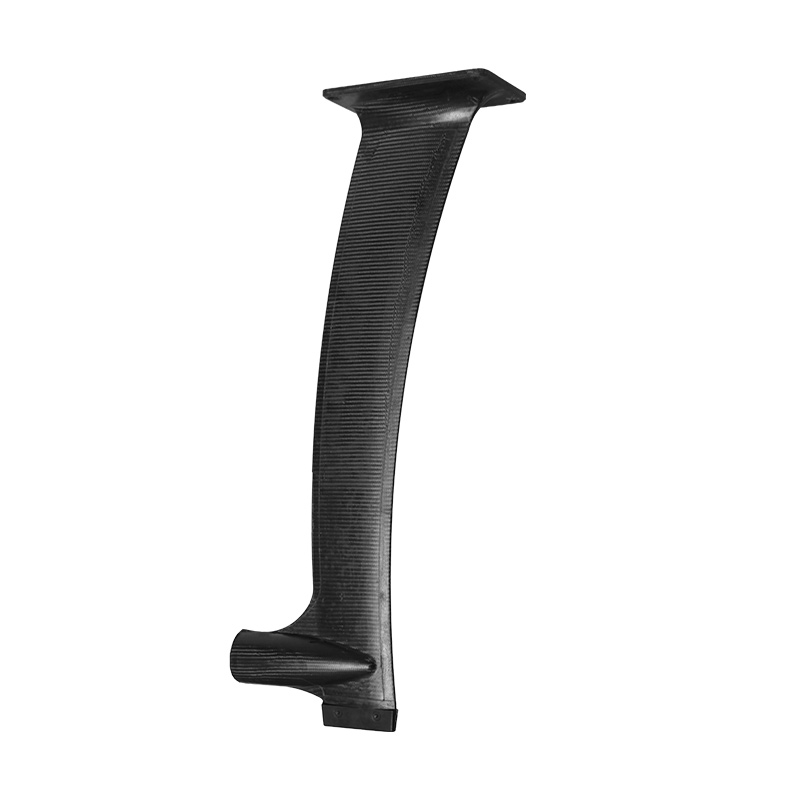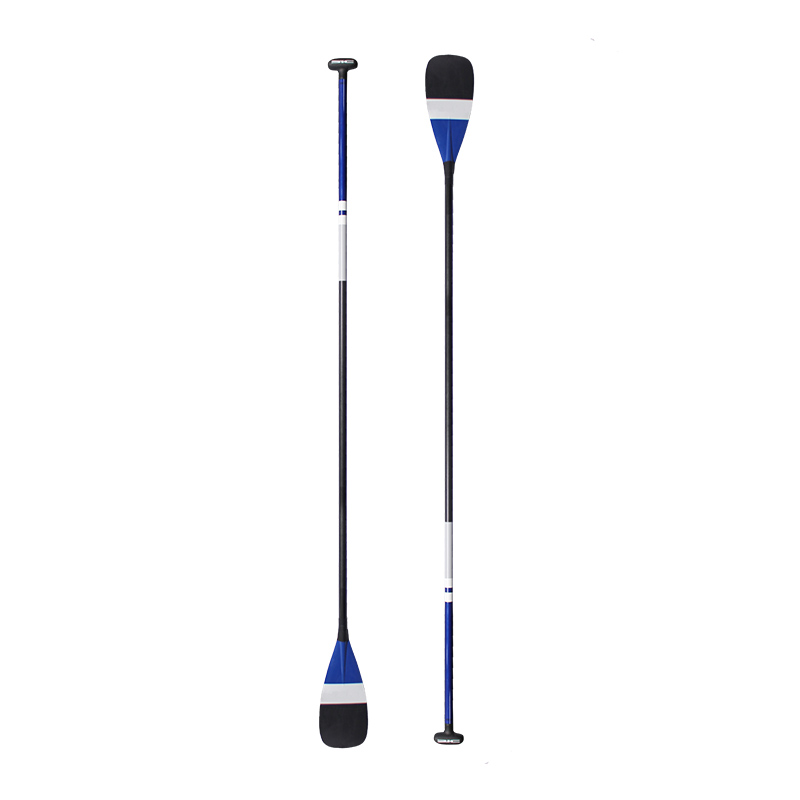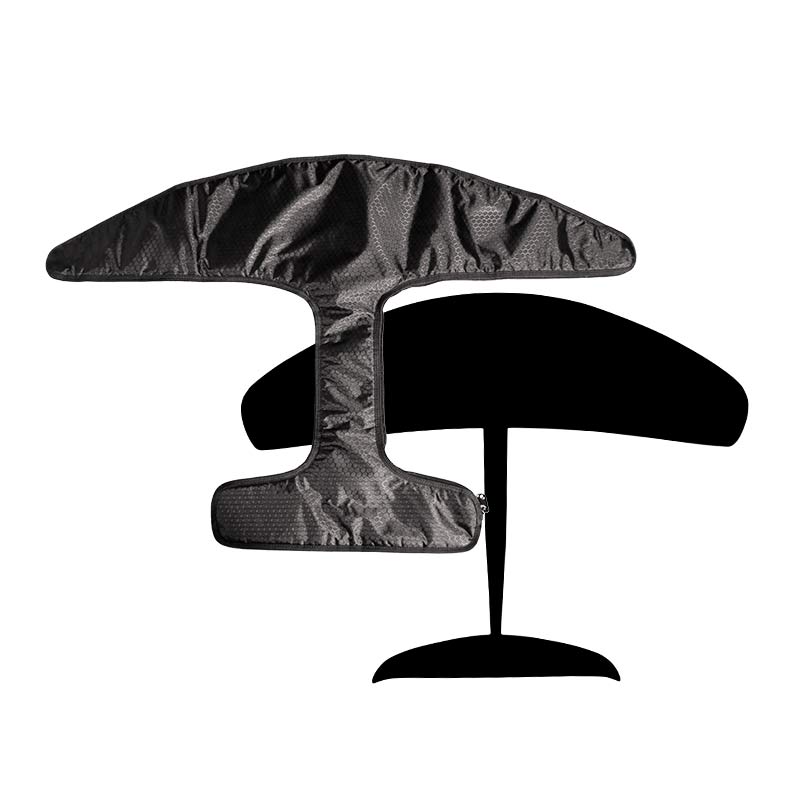1. What is Kayaking?
Kayaking is a water-based recreational activity and sport that involves paddling a small, narrow watercraft known as a kayak. Kayaks are typically small, narrow boats that are pointed at both ends. They are primarily designed for paddlers to sit in and use a double-bladed paddle for propulsion. Kayaking can be done on various types of water bodies, including rivers, lakes, seas, and oceans.
There are different types of kayaks designed for various purposes. These include recreational kayaks, touring kayaks, sea kayaks, whitewater kayaks, and sit-on-top kayaks, among others. The choice of kayak depends on the type of water you plan to paddle in and the specific activities you want to engage in.
Meanwhile, kayaking also offers a wide range of activities, including recreational kayaking, which is a leisurely form of kayaking for enjoying calm waters; sea kayaking, which involves paddling in open waters and exploring coastlines; whitewater kayaking, where kayakers navigate fast-flowing rivers and rapids; and kayak fishing, which combines kayaking with angling, among others.
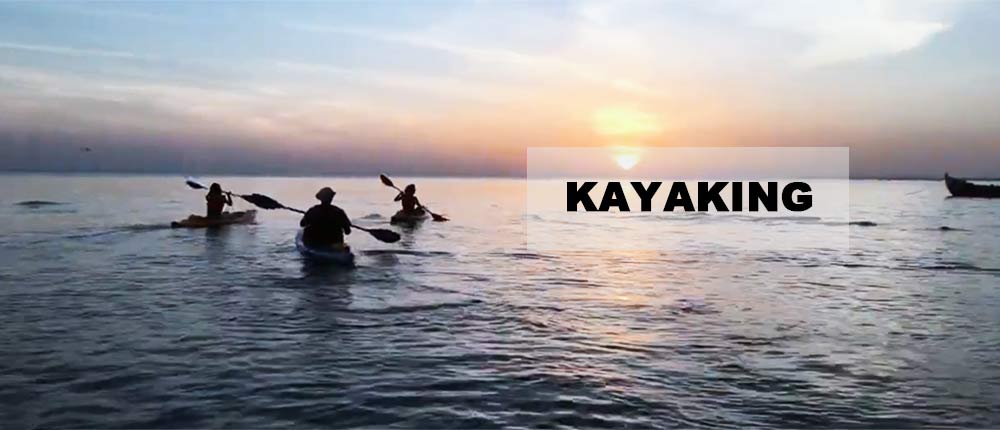
2. What kayak is best for beginners?
Generally, it is important for a newbie to choose their first kayaking boat. And the best kayak for beginners depends on several factors, including the type of kayaking you plan to do and your personal preferences. Here are some types for your reference.
Recreational Kayaks
These kayaks are stable, easy to maneuver, and are ideal for calm waters such as ponds, small lakes, and slow-moving rivers. Recreational kayaks typically have a wider and more stable design, making them perfect for beginners who want to enjoy a leisurely paddle.
Sit-on-Top Kayaks
Sit-on-top kayaks are very stable and user-friendly, making them an excellent choice for novice kayakers. They’re easy to get on and off, and even if they tip over, they can be easily righted. They’re ideal for warm weather paddling and are often used for recreational purposes and kayak fishing.
Inflatable Kayaks
Inflatable kayaks are lightweight, portable, and easy to store. They offer good stability and are great for beginners who want to paddle on calm waters. They are also a good option for those with limited storage space or who want to take their kayak on travels.
Tandem Kayaks
If you want to paddle with a partner, tandem kayaks can be a great choice for beginners. They provide stability and allow you to share the experience. Just be aware that communication and coordination are key when paddling together.
Touring Kayaks
While generally associated with more experienced paddlers, some recreational touring kayaks are designed with beginner-friendly features like stability and tracking. If you plan to grow your skills and venture into longer trips, a beginner-friendly touring kayak may be a suitable choice.
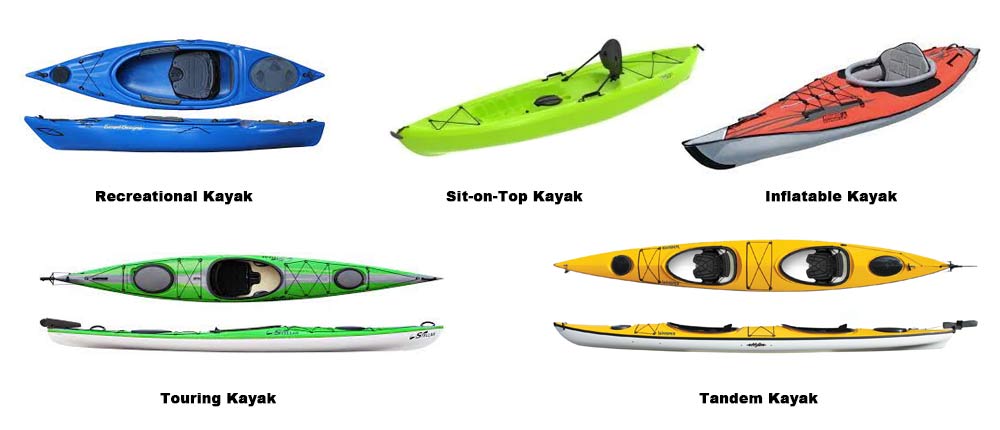
The Consider Tips:
- Try Before You Buy: If possible, try out different kayaks to see which one feels most comfortable and suits your needs. Many kayak rental services offer this option.
- Consider Stability: Look for kayaks that provide good initial stability (resistance to tipping) to help you build confidence.
- Weight and Portability: Consider how you’ll transport and store your kayak. Inflatable kayaks or smaller, lighter hardshell kayaks might be a good choice if you have limited storage space or a smaller vehicle.
- Budget: Set a budget, but keep in mind that quality and safety are essential. You don’t need to spend a fortune to get a suitable beginner kayak.
- Accessories: Don’t forget to budget for essential accessories like a paddle, personal flotation device (PFD), and safety gear.
Remember that as you gain experience and confidence, you might want to explore different types of kayaking, and your kayak needs may evolve. Starting with a beginner-friendly kayak allows you to learn the ropes and decide which direction you want to take in your kayaking adventures.
3. How hard is kayaking?
After you choose the kayak set, how hard is kayaking? Yes, kayaking can be as easy or as challenging as you make it, depending on various factors, including your skill level, the type of kayaking you’re doing, and the conditions you’re paddling in.
For example, recreational kayaks are designed for stability and ease of use, making them a great choice for novices. These kayaks are user-friendly and are an excellent way to enjoy the water without facing significant challenges. Here we summary of the difficulty level about it for your reference.
The Difficult Level For It
1-Star
Recreational kayaking, which involves paddling on calm and flat water, is generally quite easy and accessible for beginners.
2-Star
Touring and sea kayaking can range from moderate to challenging, depending on factors like the distance you plan to cover, the conditions you encounter, and your fitness level. While these kayaks are more streamlined and efficient for longer trips, you may need to develop better paddling techniques and navigation skills for open water.
While fishing from a kayak is straightforward, it comes with a learning curve in terms of angling techniques, safety, and navigation. It’s accessible for beginners with some practice.
3-Star
Open Water Kayaking: Kayaking in large bodies of water like the ocean can be moderately challenging due to changing weather, tides, and currents. It requires knowledge of safety precautions, navigation, and self-rescue techniques, making it suitable for intermediate paddlers with proper training.
4-Star
Whitewater kayaking is typically more challenging and requires specialized skills. Navigating fast-flowing rivers, rapids, and obstacles demands a higher level of proficiency. It’s essential to learn advanced paddling techniques, including bracing, rolling, and reading whitewater, which can take time to master.
5-Star
Surf kayaking is among the most challenging forms of kayaking, requiring a deep understanding of wave dynamics, advanced paddling skills, and excellent balance. It is not suitable for beginners.
Make kayaking easier and safer
- Take lessons: Beginners should consider taking kayaking lessons to learn essential skills and safety measures from experienced instructors.
- Start in calm waters: Begin your kayaking journey in calm and sheltered waters, where you can practice and build confidence before venturing into more challenging conditions.
- Wear appropriate gear: Always wear the right safety gear, including a personal flotation device (PFD), and dress appropriately for the weather and water temperature.
- Paddle with a group: Kayaking with experienced paddlers or in a group can provide safety and support, particularly in more challenging environments.
- Learn self-rescue techniques: Knowing how to re-enter your kayak after capsizing and performing a wet exit are valuable skills for all kayakers.
4. Kayaking How To Paddle?
Paddling a kayak effectively involves proper technique, which ensures efficient propulsion and maneuverability.
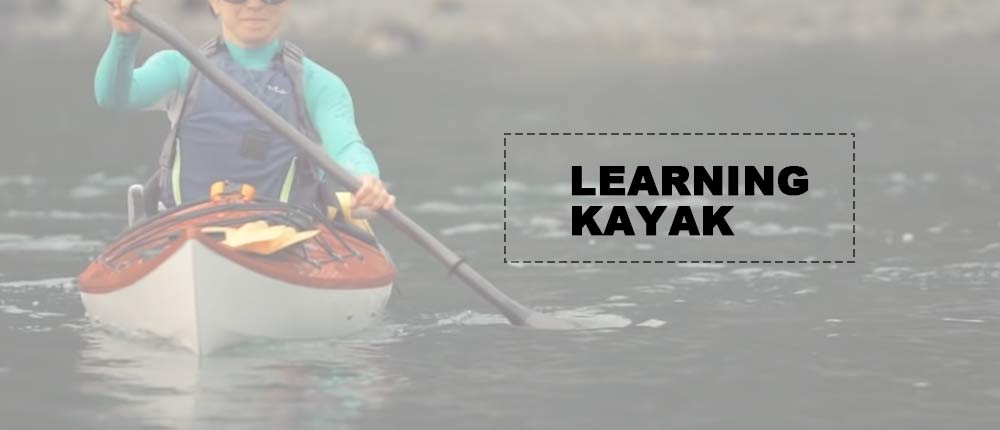
The guide about how to paddle it
1. Sit Properly: Position yourself in the kayak seat with your back straight and your feet resting comfortably against the footrests or pegs. Your knees should be slightly bent.
2. Grip the Paddle: Hold the kayak paddle with both hands, keeping them shoulder-width apart. Your knuckles should be pointing upward, and your elbows should be slightly bent.
3. Entry and Catch: To initiate a stroke, rotate your torso and reach forward with the paddle blade that’s farthest from the kayak. This is called the “entry” phase. The part of the blade that enters the water first is known as the “catch.” The blade should enter the water smoothly and as vertically as possible.
4. Power Phase: Once the paddle is in the water, use your core and upper body to pull it backward while maintaining a strong grip. This is the “power phase” of the stroke. Engage your abdominal muscles and back muscles for more power. Keep your lower arm relatively straight, and use your upper arm to pull the paddle.
5. Exit Phase: As the paddle reaches your hip, the “exit” phase begins. To complete the stroke, lift the paddle blade out of the water. A common mistake is to take the paddle out too early, so make sure to complete the power phase.
6. Follow-Through: After the exit phase, allow the paddle to continue a little behind you. This “follow-through” can help maintain balance and prepare for the next stroke.
7. Repeat: To maintain a steady rhythm, alternate between sides, switching between the right and left paddle strokes. Keep your strokes smooth and controlled.
Although these are the steps of how to do, there are some tips to know when learning.
Tips for Effective Paddling
- Practice good posture by sitting upright with a straight back. This allows for better paddle control and helps to prevent fatigue.
- Use your legs for stability and to assist in rotating your torso. Engaging your core muscles helps generate more power.
- Experiment with the angle and depth of your paddle strokes to determine the most efficient technique for your comfort and paddling style.
- When paddling forward, aim to keep the paddle as vertical as possible to minimize resistance.
- In strong winds or currents, adjust your paddling technique to account for the environmental conditions.
- To turn the kayak, use a sweep stroke by making wide, arching strokes on one side. For sharper turns, use a more aggressive sweep.
- In reverse paddling, simply reverse the direction of your forward strokes. The same techniques apply.
- Remember that practice makes perfect. Spend time on the water honing your paddling skills to become more efficient and comfortable in your kayak.
Mastering kayaking technique takes time and practice, so don’t be discouraged if it feels a bit challenging at first. With consistent effort, you’ll improve your paddling skills and enjoy a more rewarding kayaking experience.
5. What Kayak Paddle Length?
The ideal kayak paddle length can vary depending on factors such as your height, the width of your kayak, and your paddling style. To determine the appropriate paddle length for your specific needs, you can use a simple formula that takes into account your height and the width of your kayak. The formula is as follows:
Paddle Length (cm) = Kayak Width (cm) + Your Height (cm) + 10-20 cm
Here’s a breakdown with an example:
1. Kayak Width (cm): Measure the width of your kayak at its widest point. This is typically near the center of the kayak.
2. Your Height (cm): Measure your height in centimeters.
3. Add 10-20 cm: The extra length accommodates for personal preferences and variations in paddling style. Adding more length allows for a slightly higher paddle angle, which can be more efficient, especially in calm or flatwater conditions.
For example, if your kayak is 70 cm wide, and you are 170 cm tall, you can calculate the ideal paddle length as follows:
Paddle Length (cm) = 70 cm (kayak width) + 170 cm (your height) + 20 cm (additional length) = 260 cm
In this example, a kayak paddle with a length of 260 cm would be suitable for your needs. Keep in mind that this formula provides a general guideline, and personal preferences may influence your choice. It’s a good starting point to find a paddle length that allows you to paddle comfortably and efficiently. However, you may want to try different paddle lengths to determine the one that feels best for you.

All in all, Kayaking is a versatile and enjoyable outdoor activity that provides opportunities for exercise, adventure, and a close connection with the natural world. Whether you’re a novice paddler looking for a leisurely day on the water or an experienced kayaker seeking thrills in challenging conditions, there’s likely a kayak suitable for your needs. If you want to know where to wholesale kayak paddle, welcome to click the link to have a check.

